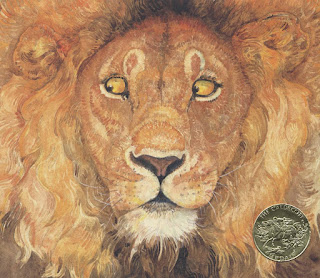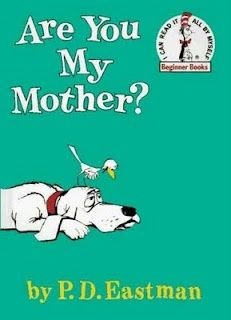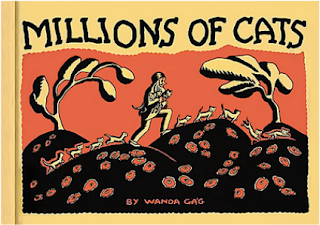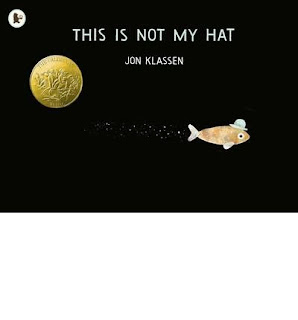"Rumpelstiltskin" by Paul O. Zelinsky

Bibliography Zelinsky, Paul. (1986). Rumpelstiltskin. New York, NY: E.P.Dutton. ISBN: 0-525-44265-0 Summary A young girl is locked away and told to spin straw into gold or she will die. Lucky for her, a tiny little man comes to her rescue multiple times and only asks for her first born child in return! She doesn’t want to give up her baby boy so she must guess his name to save her child. Analysis I have to start this by sharing something I found when I opened this book. This is the exact same copy of Rumpelstiltskin I read when I was just a kid, (probably 20 years ago), and it was no less wonderful two decades later. The storyline follows the typical Rumpelstiltskin tale we all know and love with only one or two little details that may be changed from culture to culture. This Rumpelstiltskin rides around on a magic spoon and does not rip himself in half when robbed of his infant prize. There is really nothing special about the actual text in the story. It does a good





